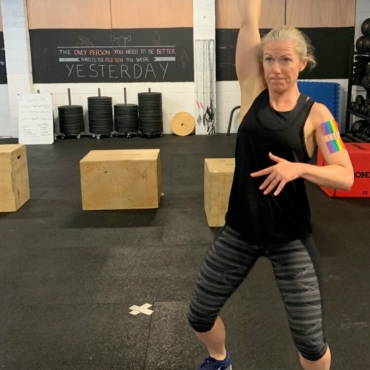Ellie is a former CrossFit Box owner and former coach.
In short, what happens when you have a diaphragm hernia?
For me, my abdominal contents went through a hole in my diaphragm and into my chest cavity – so stomach, spleen etc. This collapsed my left lung and moved my oesophagus and heart to the right side of my chest.
What did the surgery entail and how long were you in recovery?
They made a 17cm wide incision just above my belly button, pulled the abdominal contents back down through the diaphragm, removed part of my stomach as it had died in the process, moved my chest contents back to where they belonged, re-inflated my lung and sewed the diaphragm hole with a mesh barrier. I was in an induced coma for 24 hours, in hospital for seven days and in recovery for a fair while! I was able to return to somewhat normal life after a few weeks, but it would take my body years to fully recover (I prefer to say that my abs never fully recovered when asked about my toes to bar weaknesses).
You were told you wouldn’t be able to play water polo again, why is that? How did you get back in the pool?
Water polo is a pretty physically aggressive sport. The doctors weren’t 100% why I had a diaphragm hernia so could not then say it wouldn’t happen again. It was safer to not return. But I was 16 years old and had my heart set on going to the Olympics one day! I was back in the pool after about four weeks and back competing in water polo after two months. This was way too soon and I never properly rehabbed as I should have, which just led to more complications down the track. But in answer to the question – I got back in the pool through being stubborn.
So you’ve finished playing water polo and you decide to try CrossFit. What was your physical state at the time?
After my operation and for years to come, I would constantly experience rib pain and problems, and painful issues with my scar. My ribs would regularly sublux (partial dislocation). I felt generally weak and like I didn’t know my body. I didn’t properly address my scar or rehab my ab muscles and those issues continued.
What were your thoughts about your physical capacity up until that point?
I didn’t know what I didn’t know.. I was a fast swimmer?
Why did you start CrossFit?
I was introduced to CrossFit as cross training with my water polo squad. I loved how we were taught the intricate details about why we were doing movements, how to do them and how to do them safely. My body started to make more sense to me and I realised that I could have some control over improving the pain I had been experiencing for years.
I also realised that I had massive deficiencies that I needed to work on when I started seeing people doing simple things like kb swings, sit-ups and push ups, which all caused me pain and which I would previously just avoid.
How has CrossFit training improved your day to day life?
I feel SO much safer. I know that I will probably always experience some levels of pain, and I definitely still experience a lot of fear most days. But CrossFit training has given me so much physical strength and confidence in my body. It wasn’t overnight – I’ve been doing it for six years. But even on the days I “lack motivation”, I remember why I am doing it in the first place. It’s not to lose weight, or compete, it’s to be able to live pain free for as long as I can control.
How does this experience impact you as a coach?
One of our core values is empathy and I think my experience works in two ways – firstly, I understand when people have fears around injuries and pain! I know how important it is to have someone you trust when you have those feelings, and I try to build that relationship with members as soon as possible.
But on the other hand, I don’t have as much patience for whinging as everyone in the gym can probably tell you.



